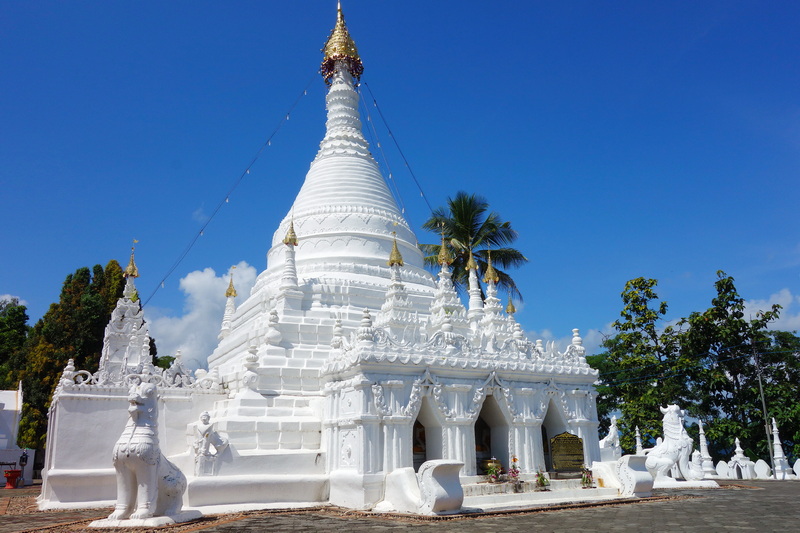Chong Kham and Chong Klang Temple: Twin Treasures of Northern Thailand

🧳 Welcome to the Beating Heart of Mae Hong Son
In the tranquil town of Mae Hong Son, nestled in a mountain valley near the Myanmar border, two temples stand side by side and shine with cultural significance—Chong Kham and Chong Klang Temple. Located on the serene southern shore of Chong Klang Lake, their majestic reflections shimmer on the water’s surface, drawing in travelers, pilgrims, and photographers from around the world.
If you’re standing with the lake behind you, the temple on the left is Chong Kham, home to a majestic Buddha statue and ornate roofs. On the right is Chong Klang, with its white-and-gold chedi and a museum-like wiharn full of historical treasures. Together, they tell a vivid story of Tai Yai (Shan) heritage and Buddhist devotion.
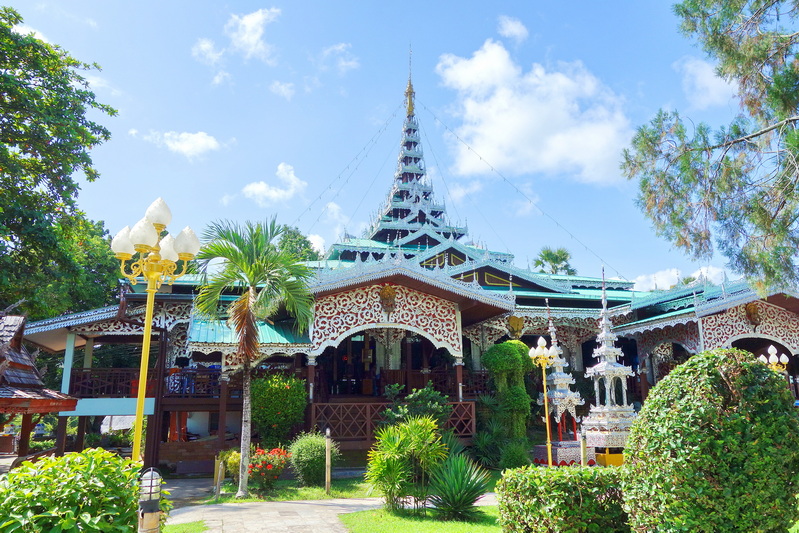
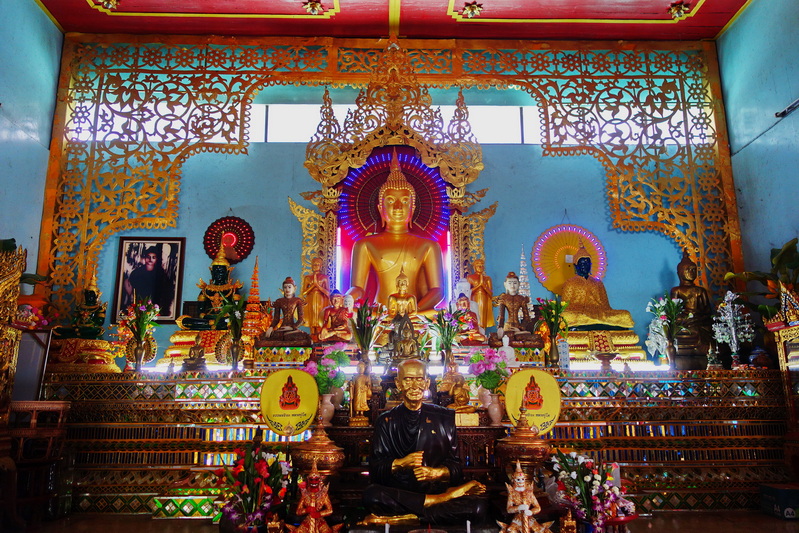
🏯 Chong Kham Temple: The Foundation of Faith
Built in 1827 by Phraya Singhanataraj, Mae Hong Son’s first ruler, Chong Kham Temple is the oldest in town. It was constructed by skilled Tai Yai artisans and has become a symbol of cultural pride for the local community. The temple’s name, meaning “Golden Hall,” comes from the gold-leafed pillars and stunning nine-tiered rooftop that crowns its main viharn.
Step inside, and you’ll meet Luang Por Tho, a massive seated Buddha cast by Burmese artisans nearly a century ago. With a lap width of 4.85 meters, it dominates the hall and draws quiet reverence from visitors. It’s a replica of the Buddha image in Bangkok’s Wat Suthat, symbolizing the spiritual connection between Thailand’s north and capital.

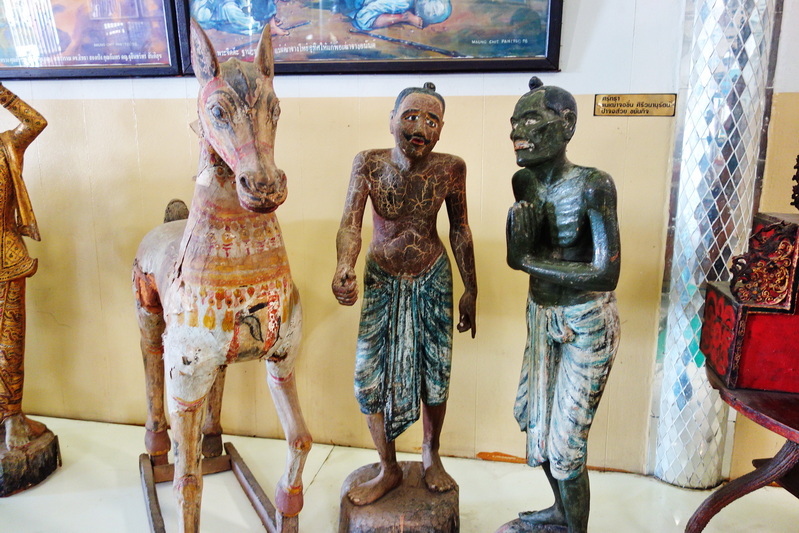
🏛️ Chong Klang Temple: Art, Culture, and Memory
Just steps away, Chong Klang Temple feels more like an open-air gallery than a traditional monastery. Its iconic Mon-style pagoda, topped with triple-tiered umbrellas, stands out immediately. But the real magic happens inside. Three walls of the main wiharn are covered with glass paintings, depicting the Buddha’s life and past incarnations, known as the Jataka tales. These artworks, over 100 years old, were imported from Mandalay and are carefully preserved.
In a quiet room behind the altar, you’ll find a collection of 33 hand-carved wooden dolls, each portraying a different scene from the Vessantara Jataka. These artifacts offer a rare glimpse into Shan storytelling and continue to awe those who seek out authentic heritage experiences.
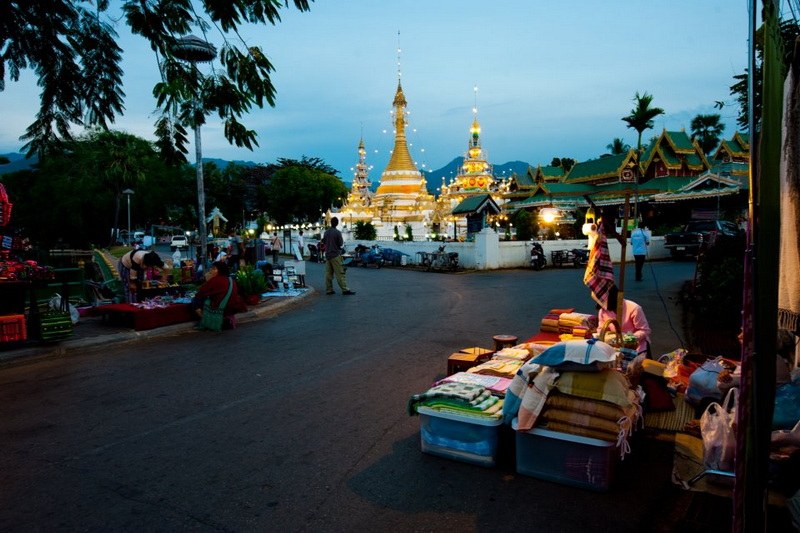

🌅 A Temple Walk Through Culture and Reflection
Surrounding the temples is a peaceful park along Chong Klang Lake, perfect for morning walks or golden-hour photography. Locals come here daily to feed fish, meditate, or simply unwind in the shadow of the temples. As the sun sets, the temples light up in gold and white, casting perfect mirror images onto the lake surface.
The nearby Mae Hong Son Walking Street (open in cool season) adds another layer of charm. Vendors sell handmade crafts, hot Shan snacks, and local textiles, giving visitors an immersive sense of local life. This blend of serenity and vibrancy makes the area unforgettable.
🎉 Tradition in Action: Festivals That Unite
Each year, Wat Chong Kham and Wat Chong Klang take center stage in the Poy Sang Long Festival, where young Shan boys are ordained as novice monks. The temples become alive with colorful parades, traditional music, and family celebrations.
Other major events include Loy Krathong, when the lake fills with glowing offerings, and the End of Buddhist Lent, marked by lantern processions. These festivals provide insight into Mae Hong Son’s spiritual rhythm—and they’re open to all.
📍 Nearby Attractions
Set atop a mountain, this scenic temple overlooks Mae Hong Son town and offers panoramic views of valleys and misty hills. Great for sunrise visits.

Ban Huay Sue Thao (Long-Neck Village)
A culturally rich Karen village, known for its women wearing brass rings around their necks and their detailed handmade crafts.

